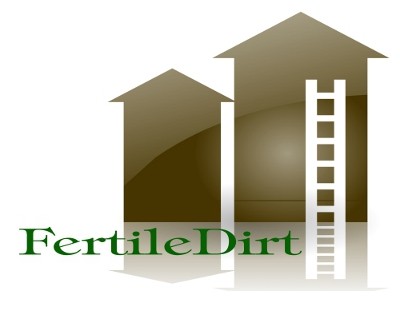
—Mark Twain

|
"If you hold a cat by the tail you learn things you cannot learn any other way. "
—Mark Twain |
History of the Fertilizer DeductionResidual Fertilizer?Early on Dr. Neil E. Harl questioned the efficacy of deducting residual fertilizer supply in his April 23, 2004 Agricultural Law Digest Volume 15, No.9 article about the then current situation focusing primarily on a 1991 private letter ruling PLR 9211007, which may be the only formal IRS ruling ever issued. Though Roger McEowen, a Professor of Agricultural Law and Taxation, has been writing about it for many years, some 20 years after this tax topic began receiving press coverage, he published a June 7th, 2023 article titled: Deducting Residual (Excess) Soil Fertility – Does the Concept Apply to Pasture/Rangeland? For our purposes here in the Southeast we'll not focus on Pasture/Rangeland; rather, let's focus on Professor McEowen's section on Allocation:
A farm with this relatively high level of fertility would likely be located in the Midwest, not in the US Southeastern region. Obviously we do not have the details; however, a few questions come to mind:
Anyway, unlike the Midwest, where soil fertility deductions may average more than $1,700 per acre, farmland in the Southeast will generally be less fertile. The Ultisols in the Southeast are highly weathered with inherently low cation exchange capacity and base saturation. The IRC §180 election allows expensing fertilizer cost when applied by a farmer during the year on Schedule F as-if it is not a capital outlay (or when purchased with the land, apparently); so, generally, it may only be used by a farmer who materially participates in the farming operation. So, proving multi-year exhaustion of such Ag/Nutrients may not be required for farmers. On the other hand, a farmland owner who passively operates the land for rent may not claim fertilizer expense (under IRC §180). Rather, the passive farmland owner may only claim depreciation of Soil Nutrients acquired with the Land under IRC Code §§ 167 or 168 (as a buyer or an heir), based upon the level of exhaustion. So, given the reduced level of fertility value in the US Southeastern region, and to accommodate farmland owners who do not materially participate in a farm rental or sharecrop operation; we needed more than one way to skin this cat. Cost segregation allocating Fertilizer or Nutrients Acquired with the Land became key in resolving those issues. |